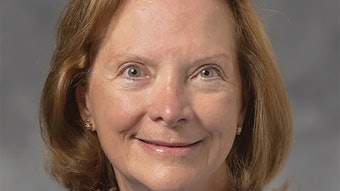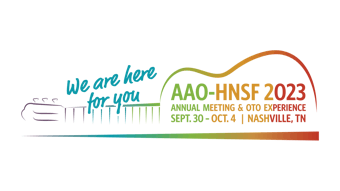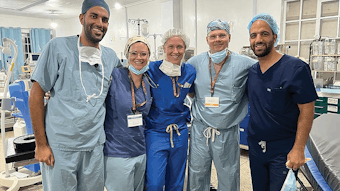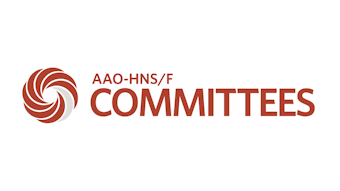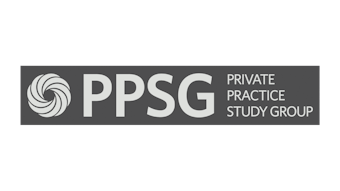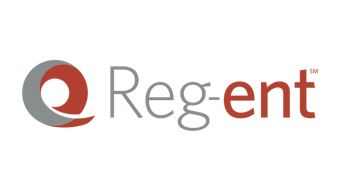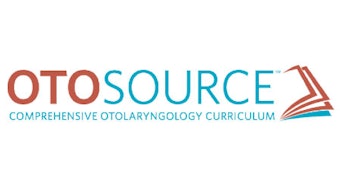The Mighty Force of a Niche Specialty: Otolaryngology Impacts in 2022
One of the additions that I am most looking forward to is a new column series titled 'What’s on My Mind,' which will invite a contribution from a different member each month on the topic of their choice.
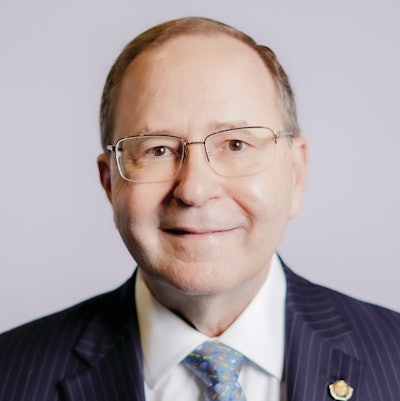 James C. Denneny III, MD
James C. Denneny III, MD
AAO-HNS/F EVP/CEO
The Academy got a great boost from holding our 125th Anniversary Annual Meeting & OTO Experience in Los Angeles, California, in-person in 2021, and the momentum carried through to 2022 as we saw an increasing number of domestic and international meetings take place, capped off by our Annual Meeting in Philadelphia, Pennsylvania, that had close to 90% normal professional attendees. The energy was palpable, the program superb, and sharing of experiences invaluable.
We continue to benefit from the close collaboration with otolaryngologists from around the world including the 77 International Corresponding Societies that make up our International Advisory Board. I was fortunate enough to attend several international meetings that the AAO-HNSF jointly sponsored. Sharing experiences, information, and science transcends the political landscape across the world and needs to continue to be nourished for the benefit of patients around the globe.
There were many highlights in 2022 that are contained in the Annual Report in this issue. Several of these are laying the foundation for future growth and participation in the evolving payment system, helping to influence the way otolaryngology is practiced, defining best care and patient value, and reevaluating training paradigms and the workforce of the future and how we serve our members.
The Workforce and Socioeconomic Task Force, led by Andrew J. Tompkins, MD, MBA, disseminated the first of this annual survey to the membership that will help us define more accurately the existing workforce, the way they are currently functioning, and identifying needs. Results were presented at the Annual Meeting, and a full paper will be published following the completion of this year’s survey.
The activity of the recently formed Private Practice Study Group (PPSG), under the leadership of Marc G. Dubin, MD, exploded this year, producing education programming, hosting the most active ENT Connect community, over doubling in size, and participating in our advocacy efforts. The PPSG has already turned into the leadership training ground for private practitioners and has begun to fill the leadership pipeline we so desperately needed while tackling some of the most difficult problems practitioners face in the current environment.
The Women in Otolaryngology (WIO) Section continues to expand their programs, influence, and leadership. The attendance at both the Annual Meeting in Los Angeles and Philadelphia was overwhelming and inspirational. The participation of early-career otolaryngologists in this program should be a model for the entire organization.
The most concerning trend in my opinion continued with the accelerating bombardment of private payer policy changes that have been unilaterally adopted and enforced without scientific justification. They seem to answer to no one as they continue to increase in size. This is the top concern at local meetings I attend across the United States. When paired with the current negative regulatory assault on specialists, this is creating uncertainty and significant additional stress on practitioners in all specialties. The house of medicine has made very little progress in these areas despite collaboration of both surgical and medical specialists across the board. As the brevity of “outlier” practitioners has increased in both the number and scope, the payers have tightened the rules as a method of control, which unfortunately affects all, not just the causative element.
When the AAO-HNS came together in 1982, the printed Bulletin published its first issue. It had replaced the previously existing Perceiver of the previous organization. Since that time, it has been a staple of communication to our members. The transition to a digital publication will allow us to communicate in greater depth and breadth and formats. One of the additions that I am most looking forward to is a new column series titled “What’s on My Mind,” which will invite a contribution from a different member each month on the topic of their choice.
I wish you all a wonderful holiday season!

